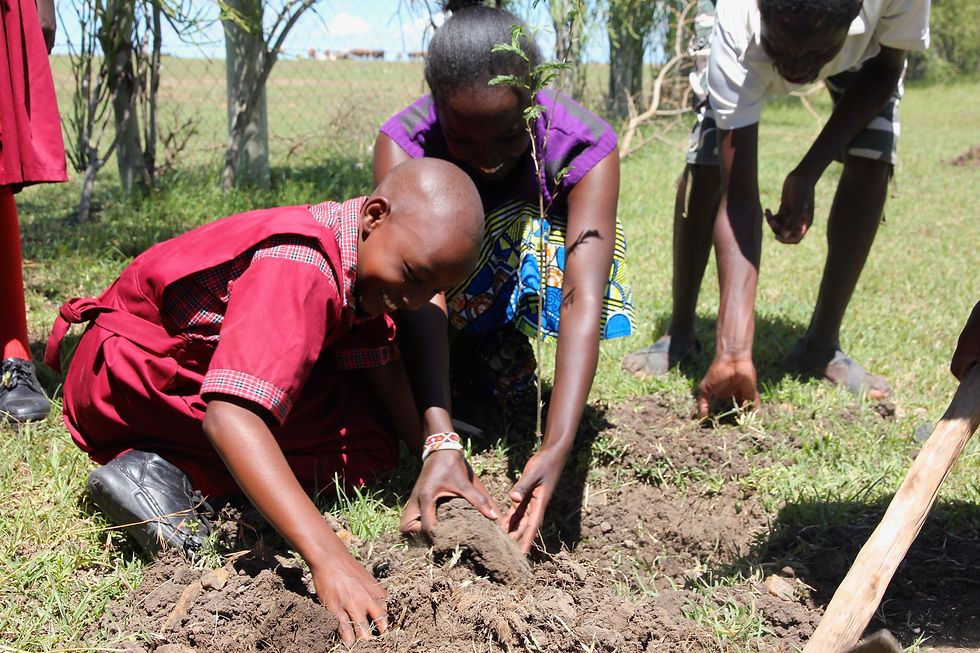An Olive Tree Isn't Just a Tree... It's a Holy Tree
- Fred Kariankei
- Jun 30, 2019
- 3 min read
Updated: Aug 26, 2022
Those of us who grew up in a Western culture think of an olive branch as a symbol of peace, going back to the ancient Greeks and Romans. But did you know that another species of olive grows in East Africa and also has deep cultural meaning? Our friend Fred explains.
by Fred Kariankei
The Maasai are environmentally conscious people who have treated their environment with utmost respect for centuries. It’s an open secret that 70% of Kenya's conservation areas are born out of areas once settled by the Maasai people. While they are mainly a cattle-keeping community, they give special religious, social, and medicinal significance to different species of wild animals and plants. Of worth to mention is the African wild olive.

The olive tree plays an integral part in the religious aspect of the Maasai way of life. The tree is the symbol of holiness and solemnity. Indeed in one of the most important rites of passage for young warriors, the Maasai send a team of scouts into the indigenous forest to scout for a young, healthy, growing olive tree without any signs of disturbance. Once identified, the warrior committee sends a delegation of 49 men without blemish (with no murder cases or broken limbs) into the forest for the identified olive. Once the 49 men are on site, they extricate the olive down to its roots using bare hands, which can take them the whole day. They are only allowed to cut the last end of the roots with blunt knives.
From that point on, the olive tree cannot be allowed to touch the ground and is carried shoulder high to the manyatta (a big circle enclosure that houses approximately five thousand people, mostly warriors, their mothers, and some elders). Upon the arrival of the olive tree, which is highly anticipated, the elders light the fire the traditional way used to burn the tree. The fire symbolizes the beginning of the new age group, and the olive tree symbolizes stability, integrity, and good omen, owing to the character and spirit of the tree. Throughout the olive burn, warriors spend the night outside to guard it from any external forces that may not wish warriors well. That is how important this event is!

The olive tree is highly treasured and used in many other ways as well. For instance, Maasai women use it to freshen their gourds for storing fresh cow milk. They find a dry olive trunk, break it into small pieces, light it on fire, and drop burning pieces of olive onto the gourd. The dark soot is considered good to keep milk fresh. In addition, the Maasai use olive tree branches during traditional circumcision ceremonies. The branches are placed on either side of the village entrance to recognize the celebrant of that occasion. Olive branches are also handy during the dry season when shepherds give them to their skinny animals to eat and sustain them through the season. The Maasai also use the olive's hard wood to make clubs and walking sticks. It even makes an excellent traditional toothbrush!
It’s therefore safe to say that for the Maasai people, the olive tree is not just a tree — it’s a holy tree. For this reason the Maasai are keen to preserve natural growing olives more than any other tree.




Great information,I also have olea seedlings